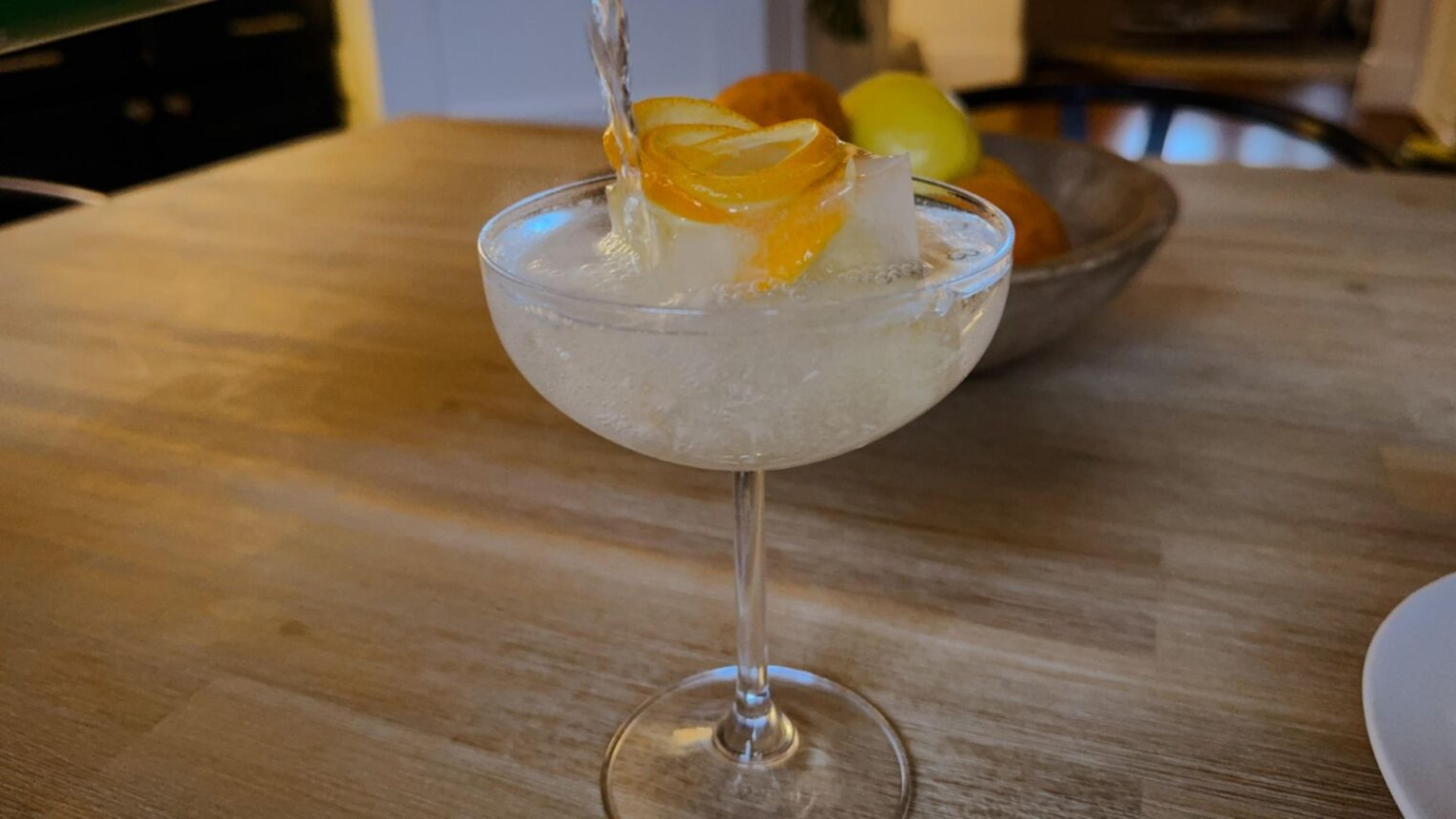Why Alternatives to Alcohol Are So Popular Right Now
Shandra Martinez
| 3 min read

Years ago, if you had been in a restaurant or even a bar and ordered a non-alcoholic beer, your request might have been met with a pause. The wait staff may have had to check to see if they had any cans of the one, mass-produced brew that fit the description.
These days, your favorite dining spots and hangouts are likely to have a whole section of their beverage menu that lists several different non-alcoholic beers, wines, assorted cocktails or uniquely flavored spritzers.
People are seeking alternatives to alcohol more than ever these days, and the rise in canned and bottled options under this banner is being driven by consumer demand. According to a Nielsen Consumer Survey, non-alcoholic beer sales rose nearly 40% in 2019, and last year ticked up another 38%, Forbes reported. This sector of the market has been dubbed the newest trend in beer sales. And it’s not just large, commercial brewers embracing this movement. In Michigan, some craft beer makers are jumping on board.
What’s behind the trend? Whether it is framed as a move toward wellness or a shift away from too much alcohol, people have lots of reasons for finding alternatives to alcoholic drinks. Some are doing it to improve their overall health, while others are testing themselves to see how long they can go without having a drink. People might be reaching for non-alcoholic beers and wines, the growing array of flavored coffee drinks, or the bevy of sparkling flavored water beverages that are cropping up on store shelves. Whatever they choose, more are making a clear decision to step back from alcohol.
Part of this gravitation toward non-alcoholic drinks can be found in the growing popularity of social movements like “Dry January,” during which people pledge to give up alcohol for an entire month. Other efforts encourage people to stay away from alcohol during the week or limit their alcoholic drinks to just one day a week. People talk about their progress on social media and encourage others who are trying the trend.
A healthier decision. Limiting or leaving alcohol behind is increasingly being done by some people as a move toward overall wellness. Over time, drinking too much can have a cumulative effect on the mind and body, according to the National Institutes of Health. Some of the long-term impacts can include:
- Increased risk for some types of cancer and liver damage.
- Increased risk for immune system disorders.
- Increased severity of some health conditions, including high blood pressure, diabetes and osteoporosis.
- Changes in heart and blood vessels that might mask cardiac problems.
- Some older people can become forgetful, which can be mistaken for Alzheimer’s disease.
How to join the trend. If you’re looking to cut back on the amount of alcohol you are drinking, start by thinking about how much you really like the taste of beer or wine. If you enjoy it, then try some of the non-alcoholic options to compare the taste. Craft brewers have improved the flavor profile of these beers considerably in the last few years, producing everything from double-hopped IPAs to crisp white lagers. If you’re not married to the taste, then find some beverages you do like. Add fresh fruit slices to flavored water, or invest in a one-cup coffee maker that lets you experiment with different brews. Once you decide to limit alcohol, lots of other options await you.
Related:
Photo credit: Getty





